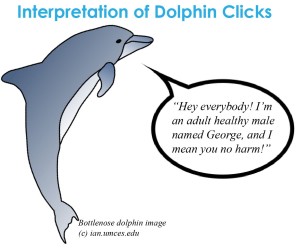 Interesting details on how dolphins communicate came out this week. 2006 brought us research that unique dolphin clicks can be interpreted to include a name and some basic information about the individual marine mammal (see image). But even more recently, research uncovered that dolphins call each other by name, especially when they’ve become separated from one another. It was stated that other than humans dolphins are the only animals known to do this!
Interesting details on how dolphins communicate came out this week. 2006 brought us research that unique dolphin clicks can be interpreted to include a name and some basic information about the individual marine mammal (see image). But even more recently, research uncovered that dolphins call each other by name, especially when they’ve become separated from one another. It was stated that other than humans dolphins are the only animals known to do this!
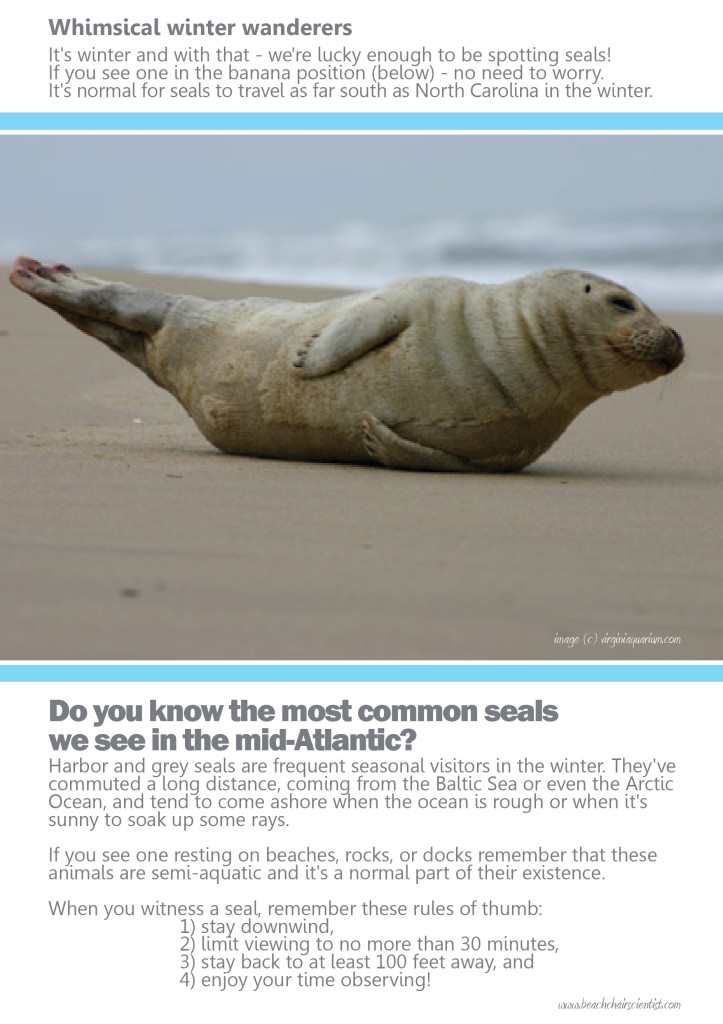
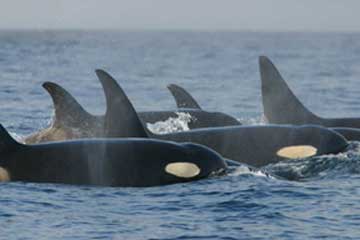

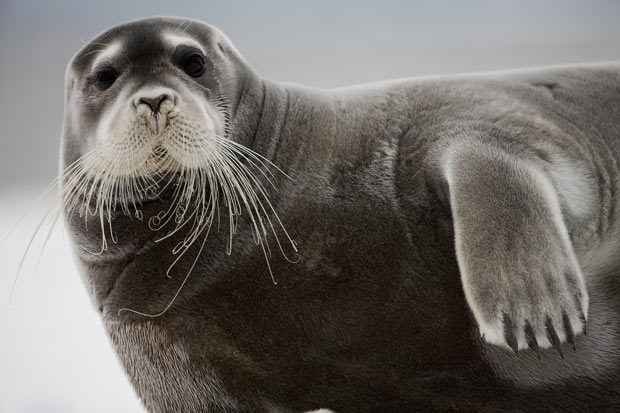

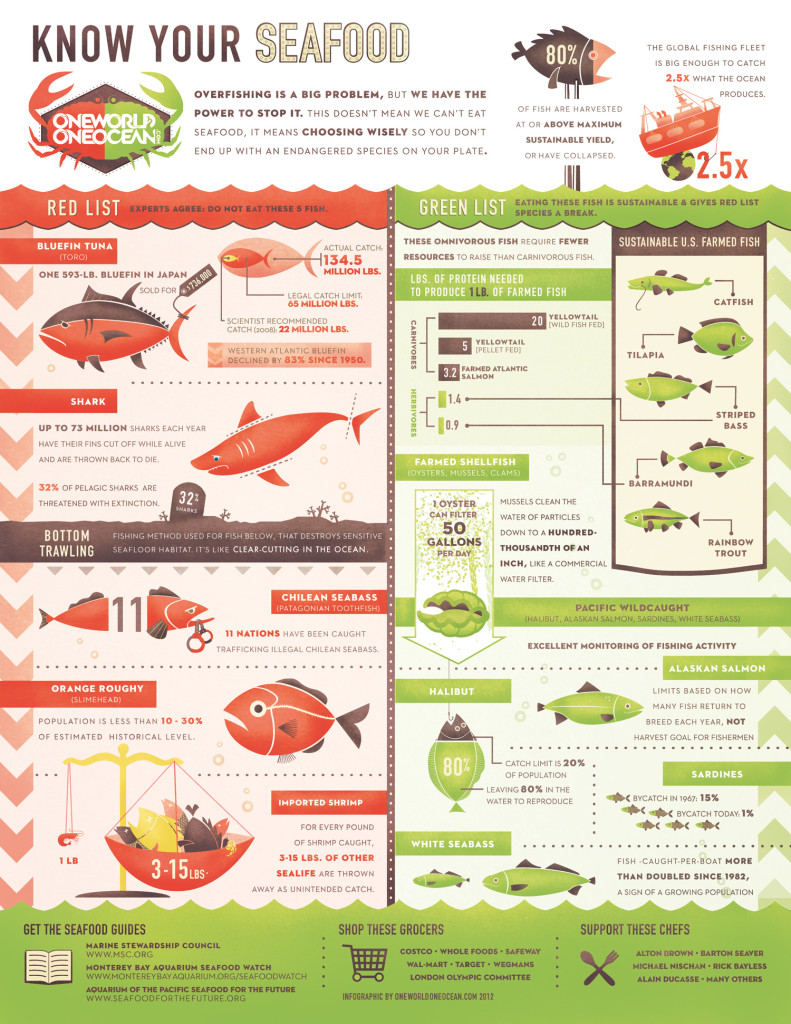
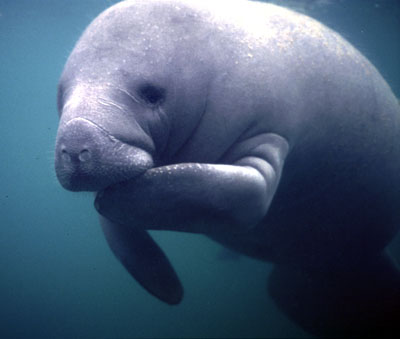
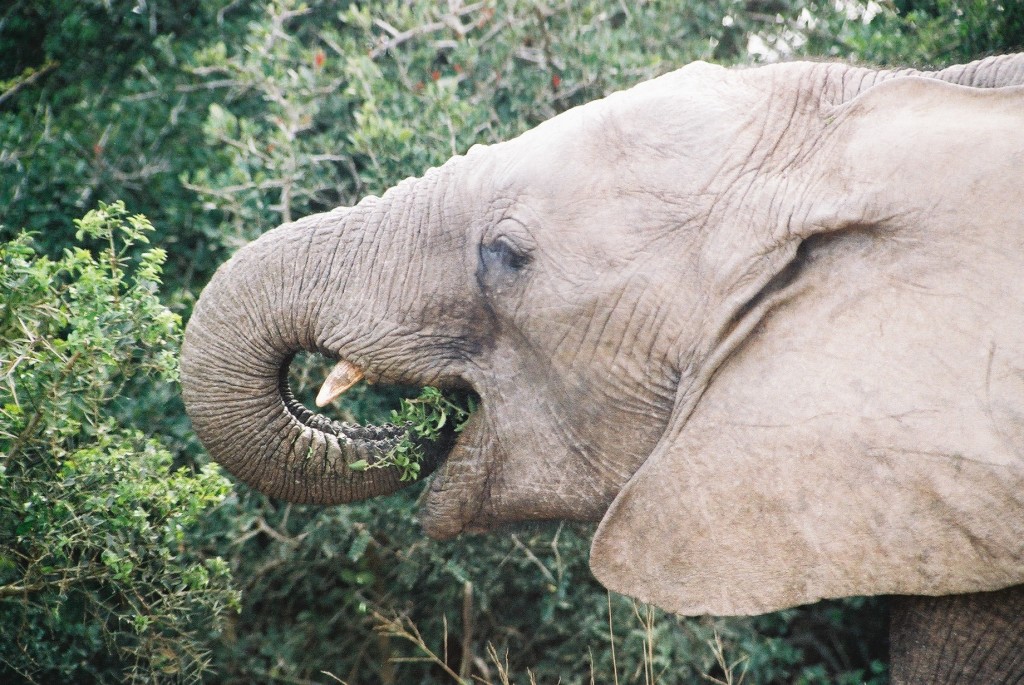








What people are saying …